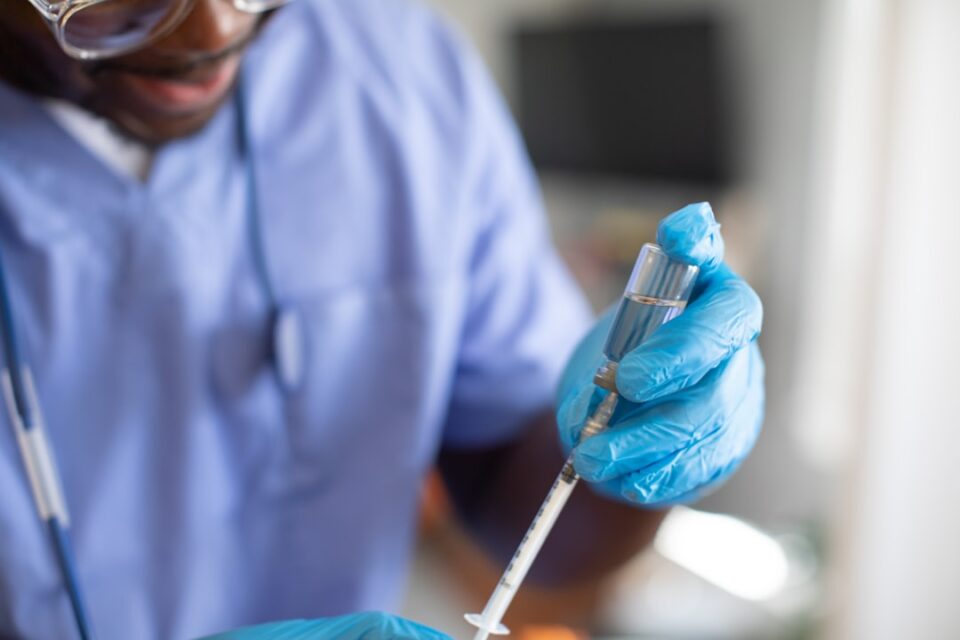In a medical emergency, every second counts. While waiting for first responders to arrive, bystander CPR can make a huge difference in saving a life. Cardiopulmonary resuscitation (CPR) is a simple technique that can be performed by anyone, and knowing how to perform it properly can mean the difference between life and death.
First and foremost, it is important to stay calm and assess the situation before you jump into action. Check the person’s responsiveness by calling their name and gently shaking their shoulders. If they do not respond, check for breathing. If the person is not breathing or if they are gasping for air, they need immediate CPR.
To start bystander CPR, follow these simple steps:
1. Call for help: The first step in performing bystander CPR is to call 911 or ask someone nearby to call for help. Time is of the essence in a medical emergency, so it is crucial to get professional help on the way as quickly as possible.
2. Start chest compressions: Place the heel of one hand in the center of the person’s chest, between the nipples. Place your other hand on top of the first hand and interlock your fingers. Position your shoulders directly over your hands and begin chest compressions. Push down hard and fast, aiming for a rate of about 100 compressions per minute.
3. Give rescue breaths: Tilt the person’s head back slightly and lift their chin to open their airway. Pinch their nose shut and cover their mouth with yours. Give two rescue breaths, each lasting about one second, and watch for the person’s chest to rise.
4. Continue compressions and breaths: Continue performing cycles of 30 chest compressions followed by two rescue breaths until help arrives or the person shows signs of life.
It is important to note that bystander CPR should only be performed on individuals who are unresponsive and not breathing. If the person has a pulse but is not breathing, continue to monitor them closely while waiting for help to arrive.
In order to be prepared to perform bystander CPR in an emergency, it is recommended to attend an ACLS Provider Course. This course provides participants with the knowledge and skills needed to respond to cardiovascular emergencies and perform advanced cardiac life support techniques. By learning how to properly assess and manage cardiac arrest situations, participants can improve their confidence and effectiveness in providing lifesaving care.
In conclusion, bystander CPR can truly make a difference in saving lives during a medical emergency. By following these simple steps and seeking proper training through an ACLS Provider Course, you can be prepared to act quickly and decisively when every second counts. Remember, the actions you take in those crucial minutes can make all the difference in someone’s chance of survival.
For more information visit:
LIFE LINE CPR TRAINING
https://www.learncprforyou.com/
424-265-0563
1601 CENTINELA AVE #203, INGLEWOOD,CA 90302
Life Line CPR Training offer the following courses :
Heartsaver First Aid CPR Aed, ACLS, BLS, PALS, CPI, MAB, Preventive Health & Safety Practices , Ceu’s CNA’s & HHA’s

